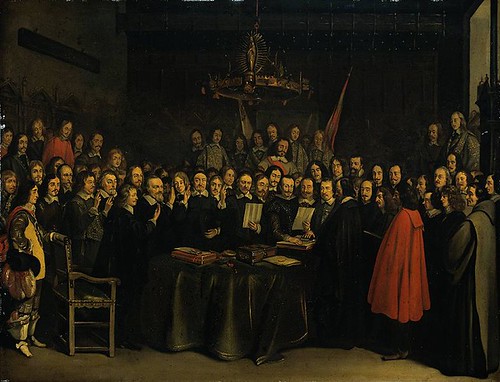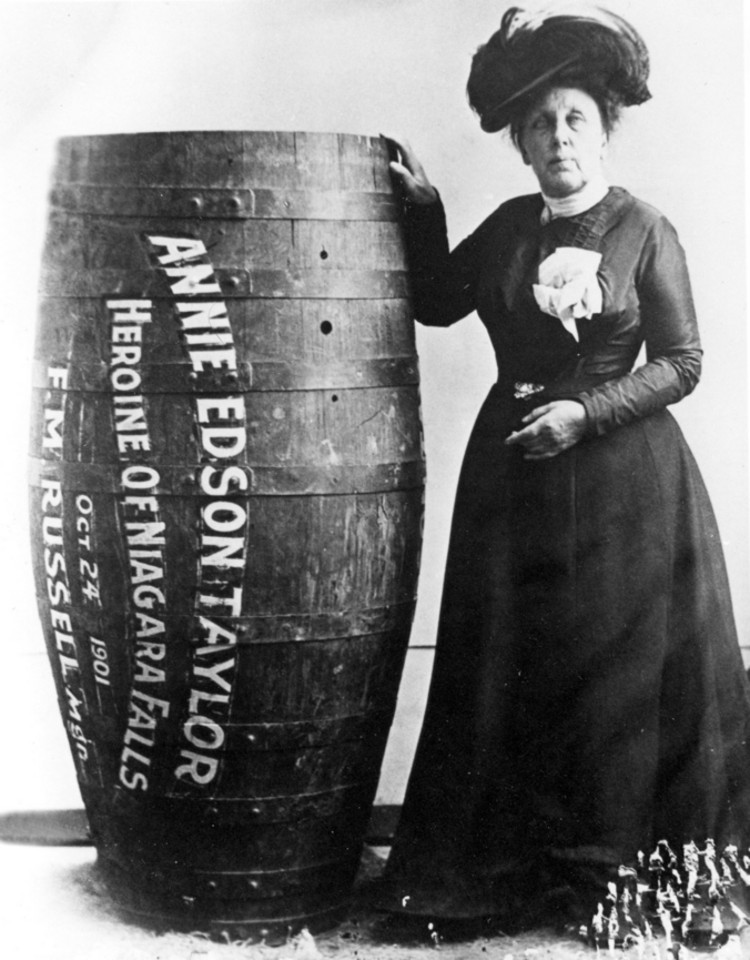Harry Houdini’s last performance takes place at the Garrick Theatre in Detroit.
Tag Archives: 24 October
24 October 1964
Northern Rhodesia gains independence from the United Kingdom and becomes Zambia
24 October 1929
“Black Thursday” on the New York Stock Exchange.
[rdp-wiki-embed url=’https://en.wikipedia.org/wiki/Wall_Street_Crash_of_1929′]
24 October 1931
The George Washington Bridge over the Hudson River opens to public traffic.
The George Washington Bridge is a double-decked suspension bridge spanning the Hudson River and connecting between the Washington Heights neighborhood of Manhattan in New York City with the borough of Fort Lee in New Jersey. As of 2016, the George Washington Bridge carried over 103 million vehicles per year, making it the world’s busiest motor vehicle bridge.It is owned by the Port Authority of New York and New Jersey, a bi-state government agency that operates infrastructure in the Port of New York area. The George Washington Bridge is also informally known as the GW Bridge, the GWB, the GW,or the George[and formerly as the Fort Lee Bridge or Hudson River Bridge.
A bridge across the Hudson River was first conceived in 1906. In early 1925, the state legislatures of New York and New Jersey voted to allow for the planning and construction of such a bridge. Construction on the George Washington Bridge started in October 1927; the bridge was ceremonially dedicated on October 24, 1931, and opened to traffic the next day. The opening of the George Washington Bridge contributed to the development of Bergen County, New Jersey, in which Fort Lee is located. The current upper deck was widened from six to eight lanes in 1946. The six-lane lower deck was constructed beneath the existing span from 1958 to 1962 because of increasing traffic flow.
The George Washington Bridge, an important travel corridor within the New York metropolitan area, has an upper level that carries four lanes in each direction and a lower level with three lanes in each direction, for a total of 14 lanes of travel. The speed limit on the bridge is 45 mph. The bridge’s upper level also carries pedestrian and bicycle traffic. Interstate 95 and U.S. Route 1/9 cross the river via the bridge. US 46, which lies entirely within New Jersey, terminates halfway across the bridge at the state border with New York. At its eastern terminus in New York City, the bridge continues onto the Trans-Manhattan Expressway.
24 October 1648
The Peace of Westphalia is signed, marking the end of the Thirty Years’ War.
The Westphalia area of north-western Germany gave its name to the treaty that ended the Thirty Years’ War, one of the most destructive conflicts in the history of Europe.
The war or series of connected wars began in 1618, when the Austrian Habsburgs tried to impose Roman Catholicism on their Protestant subjects in Bohemia. It pitted Protestant against Catholic, the Holy Roman Empire against France, the German princes and princelings against the emperor and each other, and France against the Habsburgs of Spain. The Swedes, the Danes, the Poles, the Russians, the Dutch and the Swiss were all dragged in or dived in. Commercial interests and rivalries played a part, as did religion and power politics.
Among famous commanders involved were Marshal Turenne and the Prince de Condé for France, Wallenstein for the Empire and Tilly for the Catholic League, and there was an able Bavarian general curiously named Franz von Mercy. Others to play a part ranged from the Winter King of Bohemia to the emperors Ferdinand II and Ferdinand III, Bethlen Gabor of Transylvania, Christian IV of Denmark, Gustavus II Adolphus and Queen Christina of Sweden, the Great Elector of Brandenburg, Philip IV of Spain and his brother the Cardinal-Infante, Louis XIII of France, Cardinals Richelieu and Mazarin and several popes. Gustavus Adolphus was shot in the head and killed at the battle of Lutzen in 1632. The increasingly crazed Wallenstein, who grew so sensitive to noise that he had all the dogs, cats and cockerels killed in every town he came to, was murdered by an English captain in 1634. Still the fighting went on.
24 October 1901
Annie Taylor is the first person to go over Niagara Falls in a barrel.
On October 24th, 1901 Annie Taylor became the first person and the first woman to go over the falls in a barrel and survive. Ms Taylor, a 63 year old school teacher from Michigan, accompanied by her cat, decided to tempt fate in an effort to gain fame and fortune.
The Pan American Exposition was taking place in Buffalo, New York and Ms. Taylor felt she would be able to attract a huge crowd. On the afternoon of October 24th, 1901 a small boat towed the barrel containing Ms. Taylor and her cat into the main stream of the Niagara River where it was cut loose.
At approximately 4:30 p.m. the barrel was seen edging over the brink, only to reappear less than a minute laterwhere it was seen floating at the base of the falls. Fifteen minutes later the barrel reappeared close to the Canadian shore, where it was dragged to a rock and the barrel lid removed.
To everyone’s amazement, Annie Taylor emerged from her barrel, dazed but triumphant. Her only injury was a cut on her forehead that she received while being extracted from her barrel. Mrs. Annie Edson Taylor was the first person to ever go over the Mighty Niagara Falls and survive and she undoubtedly found the fame that she had been seeking.
24 October 1929
The “Black Thursday” stock market crash on the New York Stock Exchange.
24 October 1960
A R-16 ballistic missile explodes on the launch pad at the USSR’s Baikonur Cosmodrome space facility. 100 people are killed.
24 October 1973
The Yom Kippur War ends.
24 October 1360
The Treaty of Brétigny is ratified at Calais, ending the first phase of the Hundred Years’ War.



